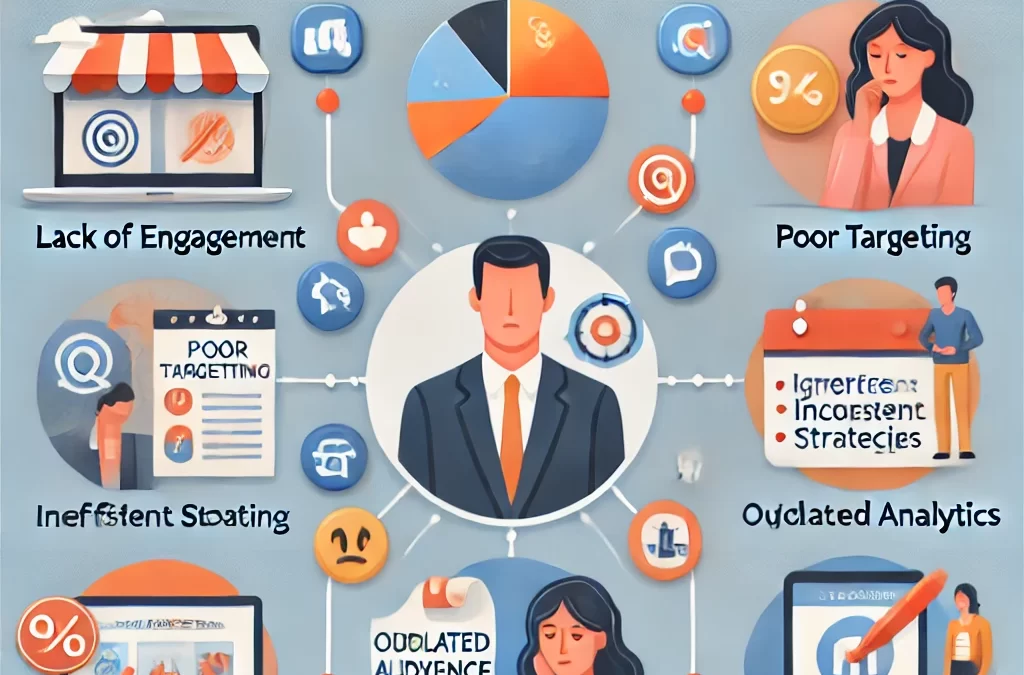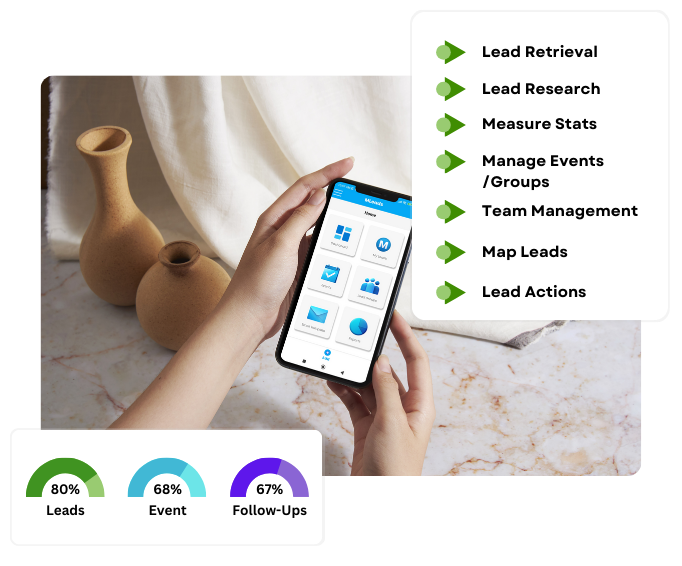Introduction
Social media has evolved into a critical channel for lead generation, offering unprecedented reach and targeting capabilities. Yet many businesses fail to see a meaningful return on their social media marketing efforts. Despite well-designed visuals, scheduled content calendars, and substantial ad budgets, leads either don’t convert or aren’t coming in at all.
If your social media lead generation is underperforming, the problem often lies not in the platform—but in the strategy, execution, or alignment between marketing and sales. This document outlines nine serious and often overlooked reasons why your social media lead generation may be failing—and what you can do to correct course.
- You’re Prioritizing Visibility Over Value
It’s easy to focus on vanity metrics—likes, shares, impressions—but none of those directly translate to leads. Many brands fall into the trap of producing entertaining or “viral” content that attracts engagement but fails to communicate value or capture intent.
Fix: Shift your strategy from awareness-driven posts to value-driven offers. Every campaign should offer something useful—a downloadable resource, a webinar, a checklist—that compels users to exchange their information.
- You’re Targeting the Wrong Audience
Even the most compelling ad or post won’t convert if it’s reaching the wrong people. Poor audience segmentation leads to wasted budget and irrelevant traffic. A mismatch between your message and your audience’s stage in the buyer journey is a common culprit.
Fix: Use precise targeting options available on platforms like LinkedIn and Facebook. Segment by job title, industry, behavior, or engagement level. Align your messaging with the specific needs of your ideal customer profile (ICP).
- Your Offer Is Too Generic
Generic lead magnets—like “Join Our Newsletter” or “Learn More”—don’t excite today’s skeptical users. People protect their contact information and expect something of real, immediate value in return.
Fix: Create highly specific, results-oriented offers tailored to each audience segment. Examples include:
- “Free Template: 30-Day LinkedIn Lead Generation Plan”
- “On-Demand Webinar: How B2B Coaches Are Using CRM to Double Response Rates”
- “ROI Calculator: Estimate Your Training Program’s Impact”
- Your Landing Pages Are Not Optimized
A common breakdown in lead generation occurs between the social post and the lead form. If your landing page is slow to load, poorly designed, or lacks a compelling CTA, you’ll lose even the most interested visitors.
Fix: Simplify your landing pages. Use a single, clear CTA. Remove distractions, reduce the number of form fields, and ensure mobile responsiveness. A/B test headlines, layouts, and button colors for performance.
- There’s No Follow-Up Workflow in Place
Capturing leads is only the first step. If there’s no timely, personalized follow-up, leads grow cold. Many businesses fail to connect social lead forms to their CRM or delay outreach beyond the window of interest.
Fix: Automate follow-ups. Use your CRM to trigger welcome emails, assign leads to sales reps, or enroll them in drip campaigns. Responding within the first hour dramatically increases your chance of conversion.
- You’re Relying on One Platform or Format
Many businesses limit themselves to a single platform (e.g., only LinkedIn) or content format (e.g., static images). This limits reach, diversity, and learning. If your audience prefers video or Stories and you’re only running text posts, performance will suffer.
Fix: Diversify your approach. Test formats such as:
- LinkedIn Carousels
- Instagram Story Polls
- Facebook Lead Ads
- YouTube video ads
- TikTok tutorials (for younger demographics)
Analyze results by platform and format, and invest where ROI is highest.
- Your Messaging Lacks Clarity or Urgency
If your ad or post doesn’t make it clear what’s being offered or why someone should act now, it won’t convert. Vague headlines, weak CTAs, or unstructured copy are common issues.
Fix: Use strong, benefit-oriented language. Highlight outcomes, address pain points, and insert urgency where appropriate.
Example Weak CTA: “Learn More”
Example Strong CTA: “Download Your Free Sales Call Script – Limited Time Access”
- You’re Not Retargeting Effectively
First-time visitors rarely convert. Without retargeting, you’re missing the chance to engage users who have already shown interest. Many companies either neglect retargeting or don’t tailor the message based on the user’s past behavior.
Fix: Use retargeting pixels (e.g., Facebook Pixel, LinkedIn Insight Tag) to build custom audiences. Serve ads based on what users previously interacted with. For example:
- Downloaded a guide → show testimonial ad
- Visited pricing page → offer a limited-time discount
- Watched 75% of a video → invite to book a demo
- You’re Not Measuring the Right Metrics
If you’re only tracking reach or clicks, you’re not getting the full picture. Without monitoring cost-per-lead (CPL), conversion rates, lead quality, and pipeline contribution, it’s impossible to diagnose what’s really going wrong.
Fix: Set up comprehensive tracking. Use UTM parameters, integrate with your CRM, and monitor metrics such as:
- Lead conversion rate per platform
- Quality score (based on lead behavior post-capture)
- Return on Ad Spend (ROAS)
- Lead-to-opportunity conversion rate
Conclusion
Failing social media lead generation efforts are rarely due to the platform—it’s often the result of poor alignment between strategy, execution, and follow-up. In today’s competitive digital landscape, generating leads on social media requires clarity of message, precision in targeting, a compelling offer, and a reliable back-end system to manage and nurture those leads.
By addressing the nine critical areas outlined above, businesses can transform underperforming campaigns into scalable lead generation systems that deliver consistent results. Success in 2025 depends not just on reaching the right people—but on offering them something worth responding to, and doing so with speed, relevance, and professionalism.















